Home>Interior Design>What Color Is Replacing Gen Z Yellow? Trend Forecasters Explain
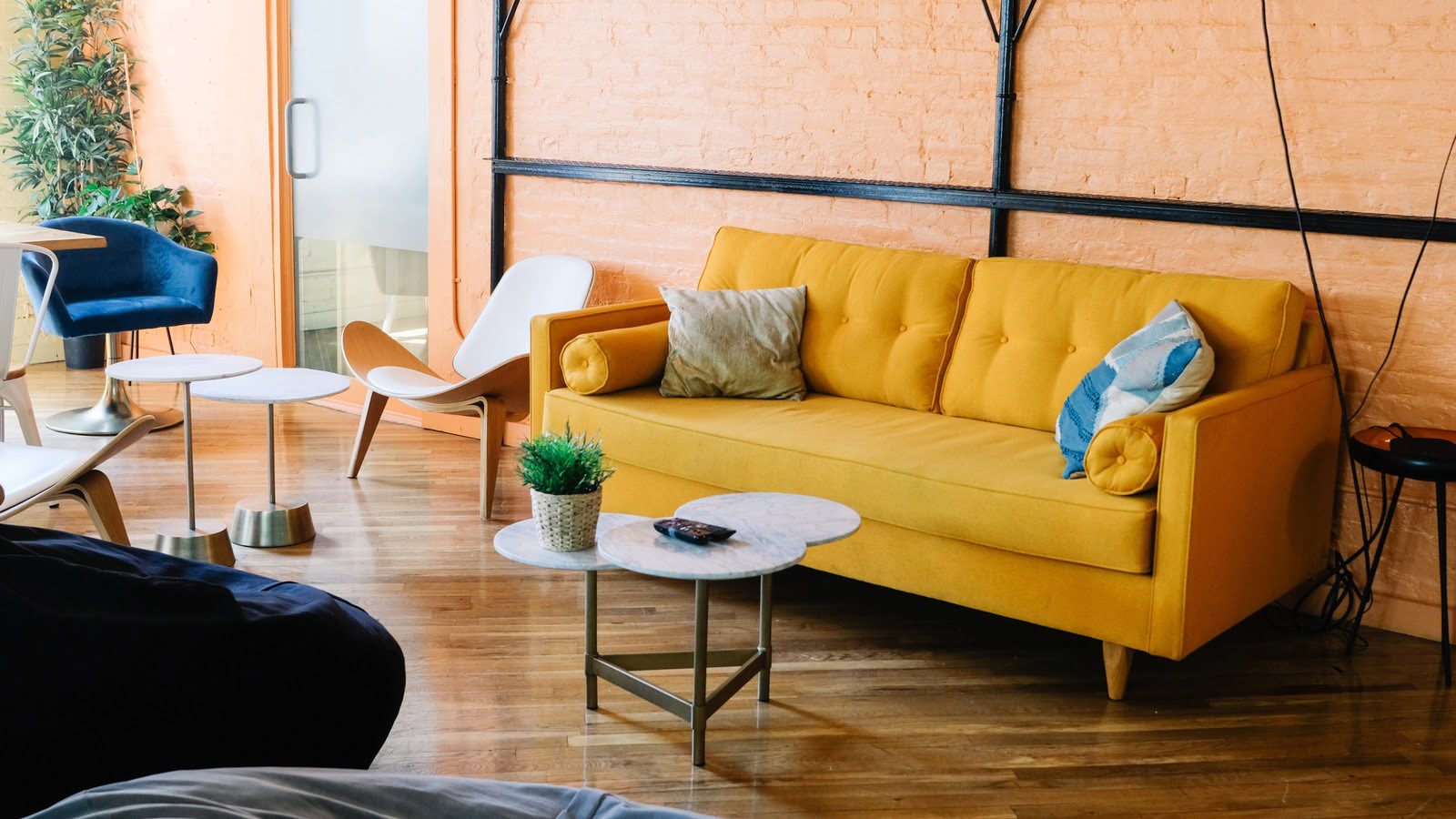

Interior Design
What Color Is Replacing Gen Z Yellow? Trend Forecasters Explain
Modified: January 19, 2024
Discover the latest interior design trends and find out what color is set to replace Gen Z yellow. Get insights from trend forecasters and stay ahead of the curve.
(Many of the links in this article redirect to a specific reviewed product. Your purchase of these products through affiliate links helps to generate commission for Storables.com, at no extra cost. Learn more)
Introduction: The Popularity of Gen Z Yellow
In recent years, a vibrant and energetic hue known as Gen Z Yellow has taken the world by storm. This bold color, often described as a vibrant shade of yellow with hints of mustard and golden undertones, has become synonymous with youthfulness, creativity, and optimism. It quickly gained popularity, captivating the hearts of fashion designers, interior decorators, and trendsetters everywhere.
The rise of Gen Z Yellow can be attributed to its ability to effortlessly brighten any space or outfit. It exudes a sense of positivity and playfulness, making it a favorite choice among millennials and members of Generation Z. From clothing and accessories to home decor and branding, this color has been an unstoppable force in the design world.
One of the reasons for the popularity of Gen Z Yellow is its versatility. It can be paired with a wide range of other colors, creating eye-catching and visually pleasing combinations. Its ability to stand out while also blending seamlessly with different palettes makes it a go-to choice for designers and stylists.
Furthermore, Gen Z Yellow is often associated with nature, sunshine, and happiness. Its warm and radiant qualities invoke feelings of joy and positivity. This emotional connection resonates with individuals who strive to bring light and positivity into their lives.
The fashion industry embraced Gen Z Yellow with open arms, with top designers incorporating it into their collections. From power suits and evening gowns to casual streetwear, this color has become a staple on runways worldwide. It effortlessly combines with both neutral tones and complementary hues, allowing fashion enthusiasts to experiment and express their unique style.
Not only limited to the fashion world, Gen Z Yellow has also made its mark in interior design. Home decor enthusiasts have embraced this color to inject energy and vibrancy into their living spaces. Whether used as an accent color through pillows and throws or as a focal point through furniture and walls, Gen Z Yellow adds a modern and youthful touch to any room.
Key Takeaways:
- Gen Z Yellow, once a symbol of youthfulness and positivity, is making way for new color trends. Trend forecasters predict eco-friendly, nature-inspired hues and digital-era metallic tones to dominate the design landscape.
- As Gen Z Yellow fades, coral, sage green, and lilac emerge as potential replacements. The future color trend may reflect sustainability, technology, wellness, and cultural diversity, shaping design aesthetics and resonating with consumer emotions.
Trend Forecasters’ Insights on Color Trends
Trend forecasters play a critical role in predicting the direction of color trends in various industries. They analyze cultural, social, and economic factors to identify the colors that will dominate the design landscape in the coming seasons. Let’s delve into the insights provided by these experts regarding the evolution of color trends and the replacement of Gen Z Yellow.
According to trend forecasters, color trends are influenced by societal shifts, global events, and the collective mood of the population. As we move into a new era, the color landscape is bound to evolve, reflecting the changing preferences and aspirations of individuals.
While Gen Z Yellow has enjoyed its time in the spotlight, trend forecasters suggest that a new color is quietly making its way to the forefront. This color is poised to replace Gen Z Yellow and become the next big trend across industries.
The choice of the new color is not arbitrary; it is selected based on extensive research and analysis. Trend forecasters consider factors such as consumer behavior, market demands, and emerging influencers to determine the color that will resonate the most with the masses.
Another crucial aspect of color trends is the emotional appeal they evoke. Forecasters note that individuals are often drawn to colors that reflect their current emotional state or represent the feelings they aspire to cultivate. The new color trend is expected to tap into these emotions, offering a fresh and exciting palette that resonates with consumers.
Furthermore, sustainability and environmental consciousness are becoming increasingly important in the design world. Trend forecasters predict that the new color trend will align with these values, emphasizing eco-friendly and organic hues that promote a more eco-conscious lifestyle.
While it is challenging to predict the exact replacement for Gen Z Yellow, trend forecasters provide valuable insights into the direction of color trends. Their expertise and analysis guide designers, businesses, and consumers in their color choices, ensuring that they stay ahead of the curve and create designs that resonate with their target audience.
The Rise and Fall of Gen Z Yellow
Every color trend has its moment in the spotlight, and Gen Z Yellow was no exception. It burst onto the scene, capturing the attention of fashionistas, influencers, and designers worldwide. However, as with any trend, its popularity began to wane over time.
The rise of Gen Z Yellow can be attributed to its association with youthfulness, creativity, and positivity. It became a symbol of optimism in a world that often feels overwhelming. Fashion designers and interior decorators embraced this vibrant hue, incorporating it into their designs to create a sense of energy and playfulness.
Gen Z Yellow quickly gained momentum, dominating runways, social media feeds, and storefronts. It became the go-to color for everything from clothing and accessories to home decor and branding. Its versatility allowed individuals to express their unique style and make a bold statement.
However, as with any trend that experiences widespread saturation, the excitement around Gen Z Yellow gradually diminished. The market became saturated with products and designs featuring this color, making it lose its novelty and sense of exclusivity.
Additionally, as the fashion and design industry constantly seeks new inspirations and styles, the focus began to shift towards other colors and trends. The ever-evolving nature of the industry demands new and exciting elements to keep consumers engaged.
Another factor that contributed to the decline of Gen Z Yellow is the cyclical nature of color trends. Colors often follow a pattern of popularity, with certain shades gaining prominence for a few years before being replaced by something new. This natural progression ensures that trends stay fresh and dynamic.
Despite its decline in popularity, Gen Z Yellow will always hold a special place in design history. It represented a moment of vibrancy and a symbol of a generation’s spirit. While it may no longer dominate the design landscape, its impact will continue to inspire future color trends.
Exploring the Current Color Replacement
As the popularity of Gen Z Yellow gradually fades, the design world is eagerly looking for the next color trend to take center stage. While there isn’t a definitive replacement for Gen Z Yellow just yet, there are several colors that are emerging as strong contenders.
One of the leading color contenders is coral. This warm and vibrant shade blends the energy of orange with the tranquility of pink, creating a captivating and versatile hue. Coral has already made its mark in the fashion and beauty industries, with designers and makeup artists incorporating it into their collections. Its ability to evoke feelings of joy and positivity makes it a strong candidate for the next big color trend.
Another color that is garnering attention as a potential replacement is sage green. This muted, earthy tone brings a sense of calm and serenity to any space. It pairs effortlessly with a variety of colors and works well in both minimalist and bohemian aesthetics. The popularity of sustainable and eco-friendly living also plays a role in sage green’s rise, as it represents nature and the desire to create harmonious surroundings.
Lilac is another color on the horizon as a possible replacement for Gen Z Yellow. This delicate and feminine shade of purple exudes elegance and sophistication. It has already been embraced by designers in the fashion and interior design industries, adding a touch of whimsy and romance to their creations. Lilac’s versatility allows it to be used as an accent color or as the main focal point in a design, making it a versatile option for trendsetters.
While these colors are emerging as frontrunners in the replacement of Gen Z Yellow, it’s important to note that color trends are ever-evolving. As new influences and inspirations arise, the industry may pivot towards different colors altogether. It’s an exciting time for trend forecasters, designers, and consumers alike as they eagerly anticipate the unveiling of the next dominant color trend.
Look for soft pastel shades like lavender and mint green to replace Gen Z yellow as the next trending colors. These colors are expected to dominate fashion and design in the coming seasons.
Factors Influencing the New Color Trend
The emergence of a new color trend is shaped by various factors, each playing a significant role in influencing the direction that the design world takes. These factors contribute to the selection and popularity of specific colors in the market. Let’s explore the key elements that influence the new color trend.
Cultural influences hold considerable sway over color trends. The social, political, and artistic movements that define a particular era often inspire the colors that become popular. For example, the rise of environmental consciousness and a yearning for tranquility may prompt the selection of nature-inspired hues such as forest green or ocean blue.
Consumer behavior and preferences also play a pivotal role in determining the new color trend. Designers and trend forecasters closely analyze market demands, buying patterns, and consumer feedback to identify the colors that resonate with the target audience. This ensures that the new trend aligns with market needs and preferences.
Material innovations can heavily influence color trends as well. Advances in technology and materials introduce new possibilities in color development, paving the way for the emergence of unique and unexpected shades. These innovations often capture the imagination of designers and consumers alike, driving the popularity of specific colors.
Global events, both historical and contemporary, also leave an imprint on color trends. Major events, such as the Olympic Games or the World Cup, can spark a surge in national pride and inspire the use of national flag colors. Similarly, socio-political movements or cultural shifts can lead to the adoption of colors that represent a specific cause or ideology.
Finally, individual and collective emotional states impact the choice of color trends. Colors that evoke positive emotions, such as joy, calmness, or nostalgia, tend to resonate with individuals seeking connection and comfort. The current trends in wellness and self-care are also influencing the choice of colors that promote relaxation and mindfulness.
These factors, among others, come together in the intricate process of determining the new color trend. The intricate interplay between culture, consumer behavior, innovation, global events, and emotional associations shape the colors that dominate the design landscape, ensuring that they capture the spirit of the times and cater to the desires and aspirations of individuals.
Predictions for the Future Color Trend
As the design world eagerly anticipates the emergence of the next big color trend, predictions based on current influences and industry insights provide a glimpse into what the future holds. While the exact color is yet to be determined, several trends and possibilities are worth exploring.
One trend that continues to gain traction is the focus on sustainability and eco-consciousness. This is likely to influence the choice of colors in the future, with earthy and natural tones taking center stage. Shades like moss green, terracotta, and warm browns are expected to grow in popularity as they reflect a desire to create harmonious and environmentally-friendly spaces.
Another trend that is predicted to shape the future color trend is the influence of technology and digitalization. As our lives become increasingly intertwined with technology, there is a growing interest in colors that capture the essence of the digital era. Metallic tones like silver and chrome, as well as bold and futuristic shades like electric blue or neon green, may gain prominence as they embody the high-tech world we inhabit.
Wellness and self-care are also expected to continue their influence on color trends. Colors that promote relaxation and mindfulness, such as soft pastels and calming blues, are likely to remain popular choices. These colors create a nurturing and tranquil environment, allowing individuals to retreat from the fast-paced world and find solace in their surroundings.
Additionally, cultural diversity and inclusivity are increasingly celebrated in design. This may influence the future color trend, with colors that embrace a wide range of cultures and reflect the beauty of diversity. Vibrant and vibrant shades like coral, magenta, or sunny yellow have the potential to connect people across different backgrounds and create a sense of unity.
It’s important to note that color trends are ever-evolving and influenced by a myriad of factors. While these predictions provide insights into potential future color trends, it’s ultimately the collective response of designers, consumers, and the cultural climate that determines which colors will dominate. The thrill lies in the anticipation and discovery of the next color trend, as it shapes the aesthetic landscape and reflects the spirit of the times.
Conclusion: The Ever-Evolving World of Color Trends
The world of color trends is an ever-evolving and dynamic landscape, driven by influences from culture, consumer behavior, innovation, and global events. Colors have the remarkable ability to evoke emotions, convey messages, and reflect the spirit of the times. From the rise and fall of Gen Z Yellow to the anticipation of the next big color trend, the design industry rides the wave of an ever-changing color palette.
While Gen Z Yellow made a memorable impact with its vibrant and energetic presence, the time has come for a new color to shine. Trend forecasters and designers carefully consider societal shifts, market demands, and emotional connections to predict the colors that will capture the imagination of consumers.
Factors like cultural influences, sustainability, technological advancements, and wellness play a significant role in shaping the future color trend. The colors that emerge often reflect the desires and aspirations of individuals, creating spaces and designs that resonate with their emotions and values.
However, predicting the future color trend is not an exact science. It is a blend of artistry, intuition, and analysis. The industry’s collective response, guided by trend forecasters and fueled by consumer demand, ultimately determines which colors rise to prominence.
As we look ahead, the excitement and anticipation of discovering the next dominant color trend continue to spark creativity and innovation in the design world. The possibilities are endless, and the future holds a myriad of colors waiting to captivate our senses and inspire our imaginations.
In this ever-evolving world of color, designers, businesses, and consumers alike have the opportunity to explore, experiment, and express their unique style and personalities. Whether it’s through vibrant hues, soothing pastels, or bold statements, colors have the power to shape our environments, uplift our moods, and create meaningful connections.
So, let us embrace the ever-changing realm of color trends, embracing the beauty and diversity of shades that surround us. As Gen Z Yellow fades into the background, we eagerly await the revelation of the next color that will redefine our aesthetics, ignite our passions, and inspire our creative endeavors.
Frequently Asked Questions about What Color Is Replacing Gen Z Yellow? Trend Forecasters Explain
Was this page helpful?
At Storables.com, we guarantee accurate and reliable information. Our content, validated by Expert Board Contributors, is crafted following stringent Editorial Policies. We're committed to providing you with well-researched, expert-backed insights for all your informational needs.
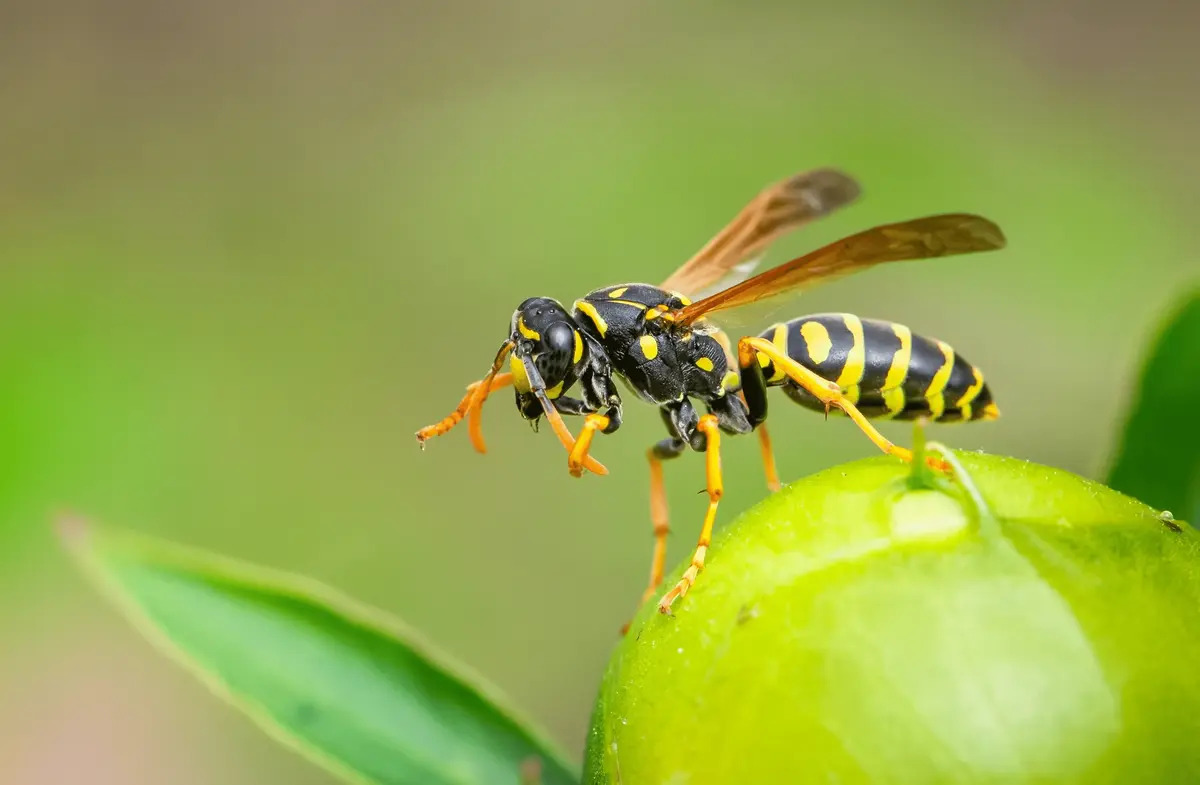
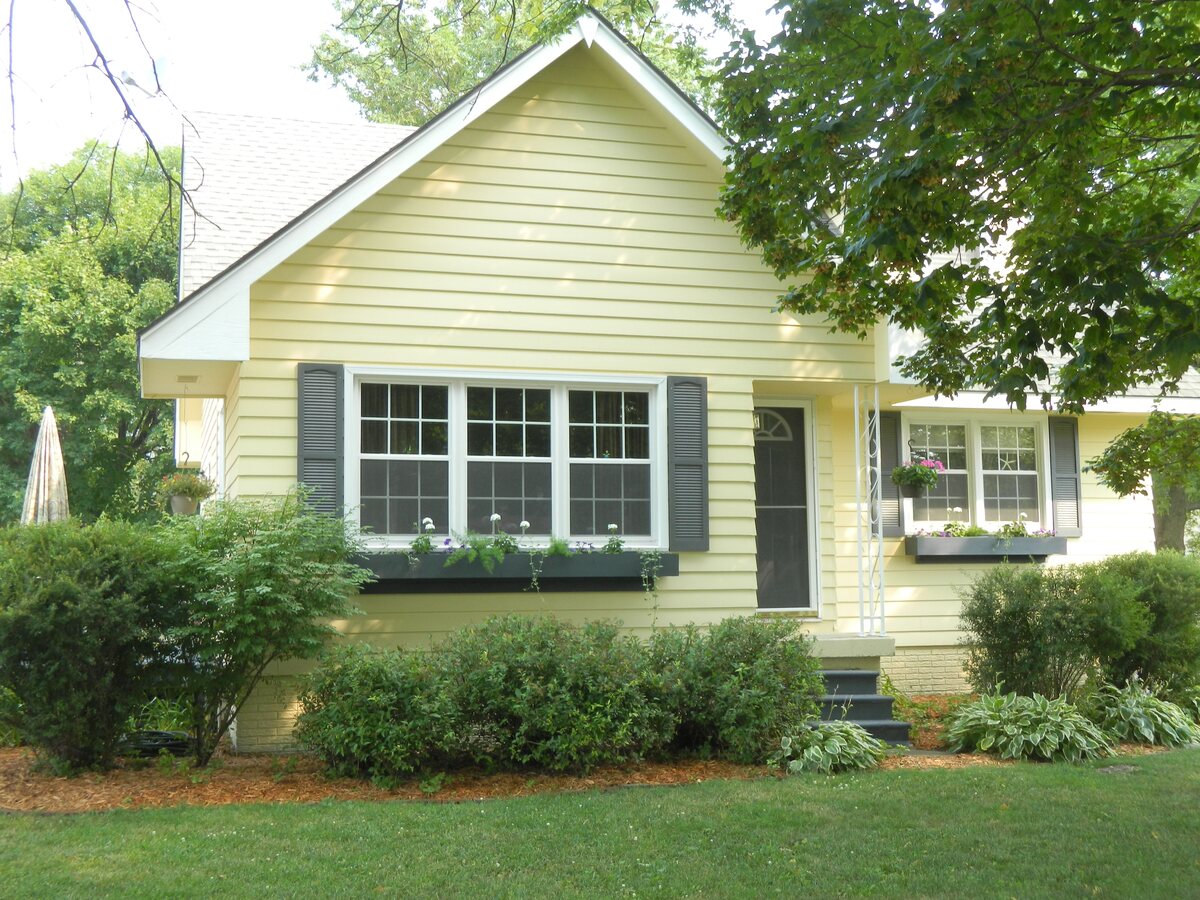
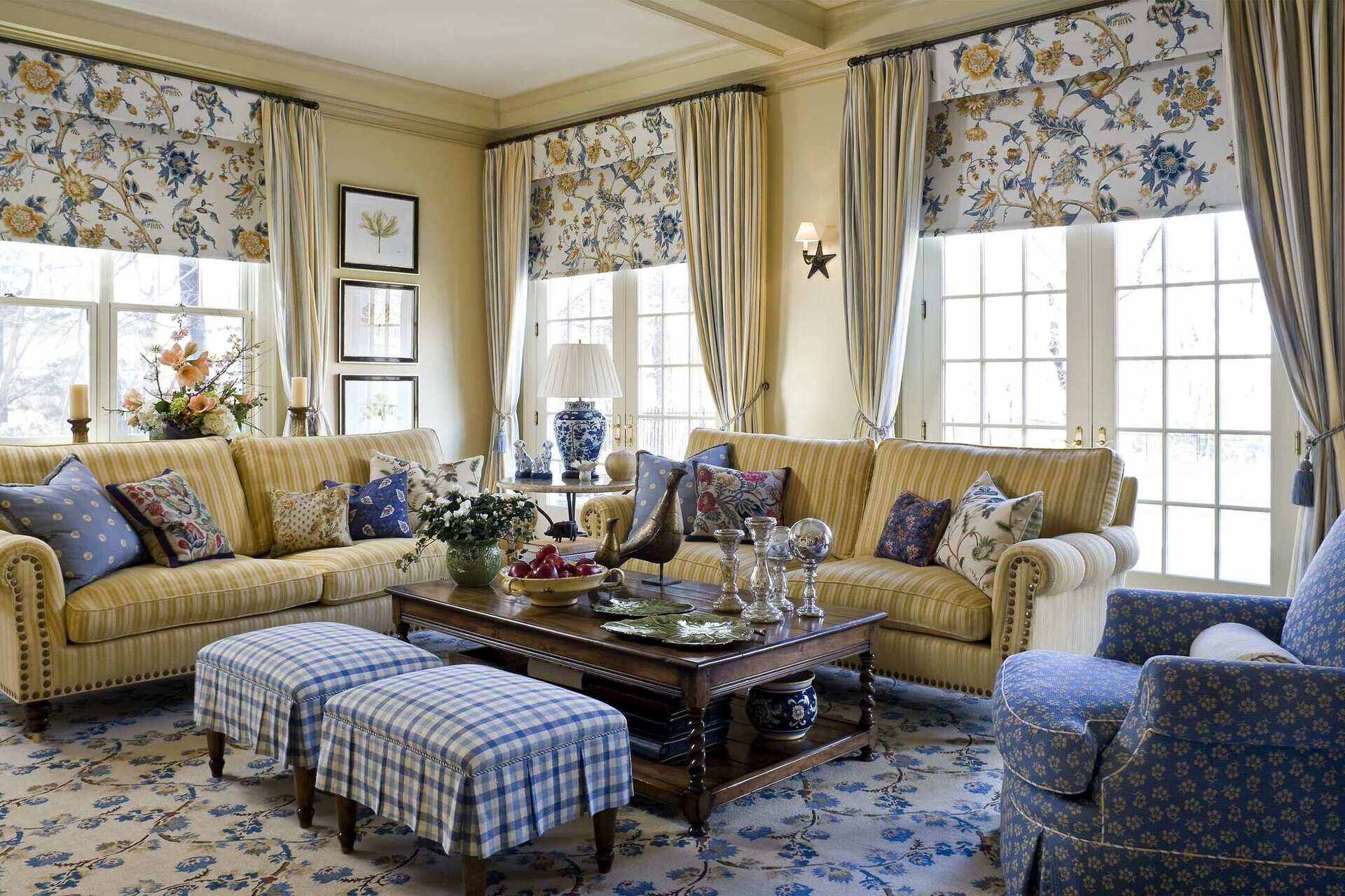
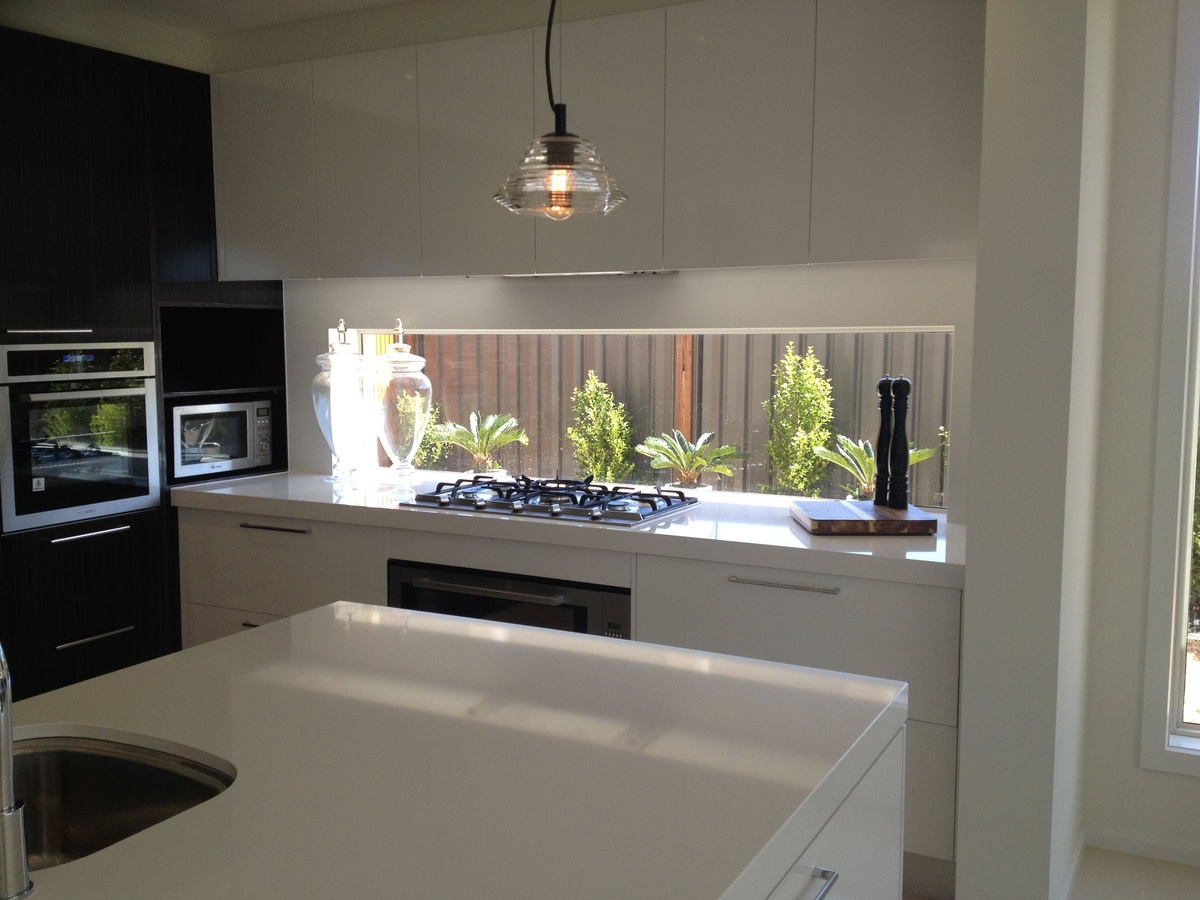
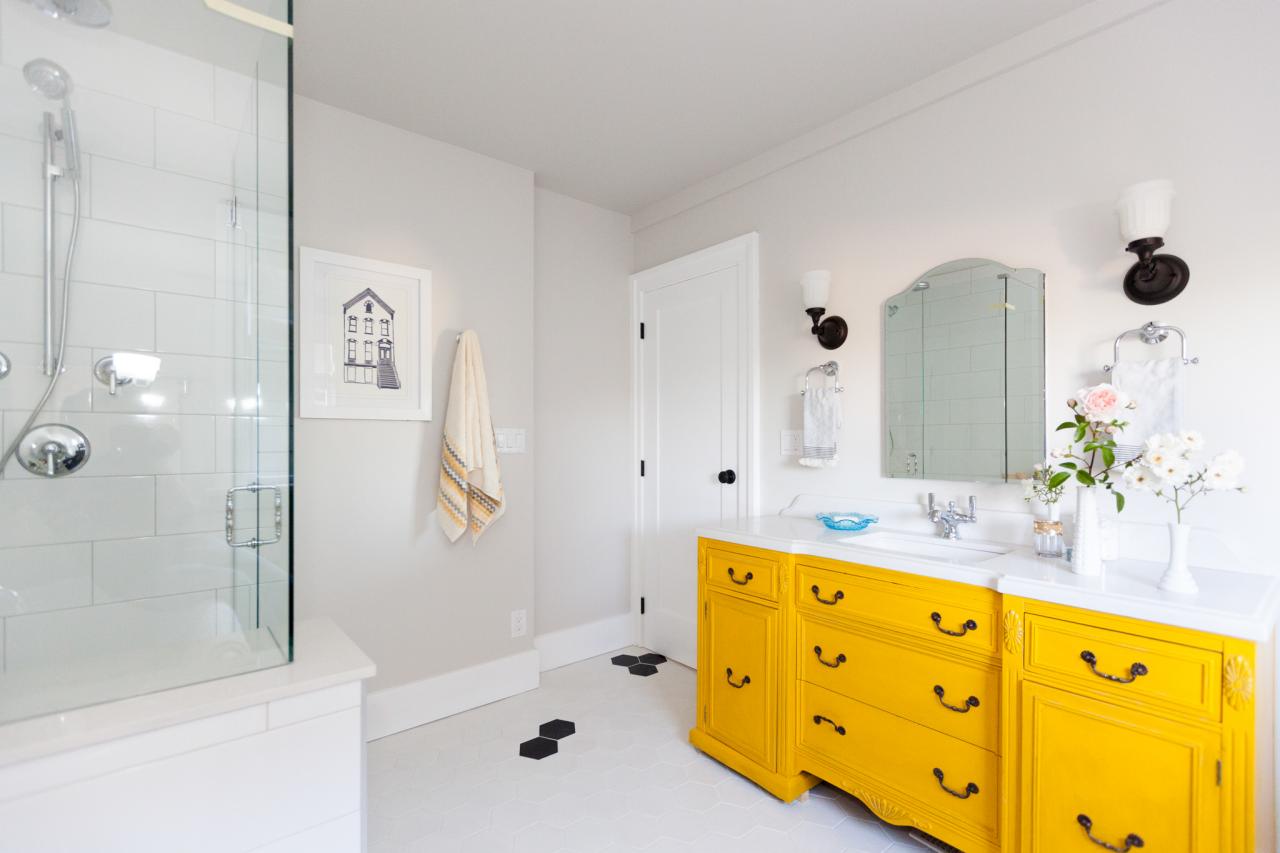
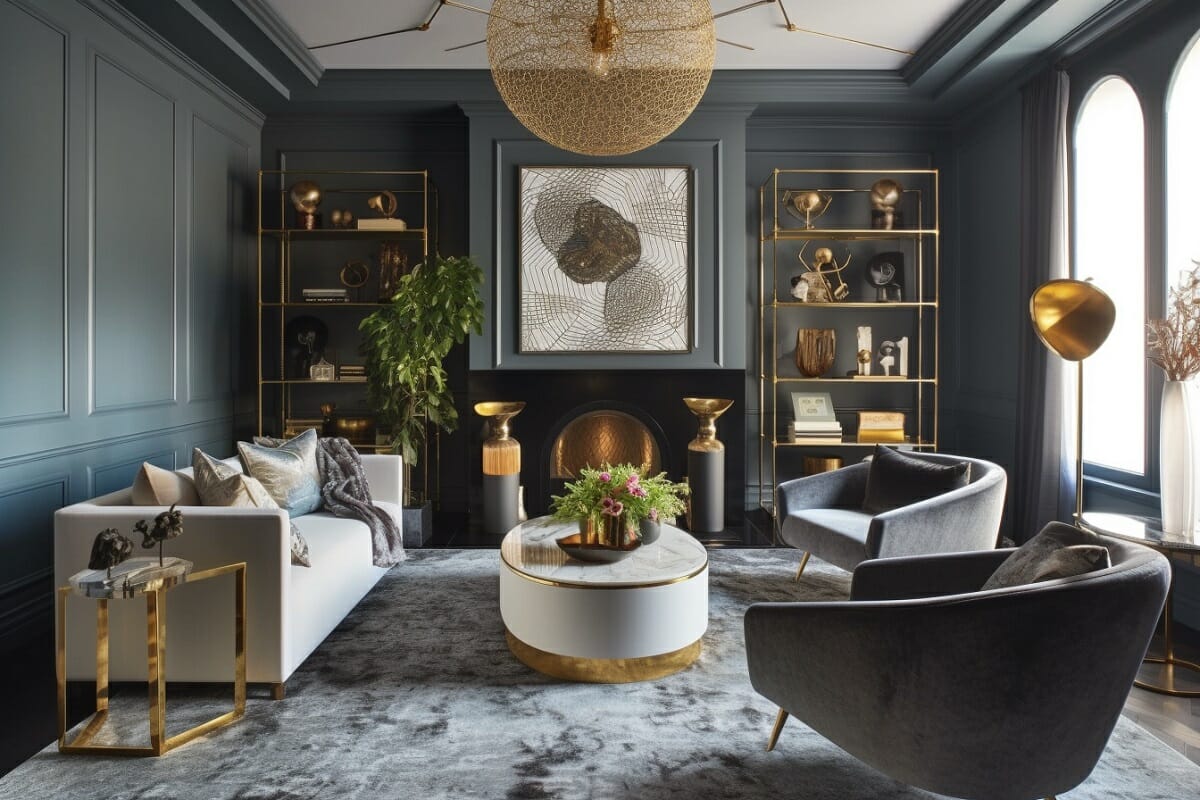
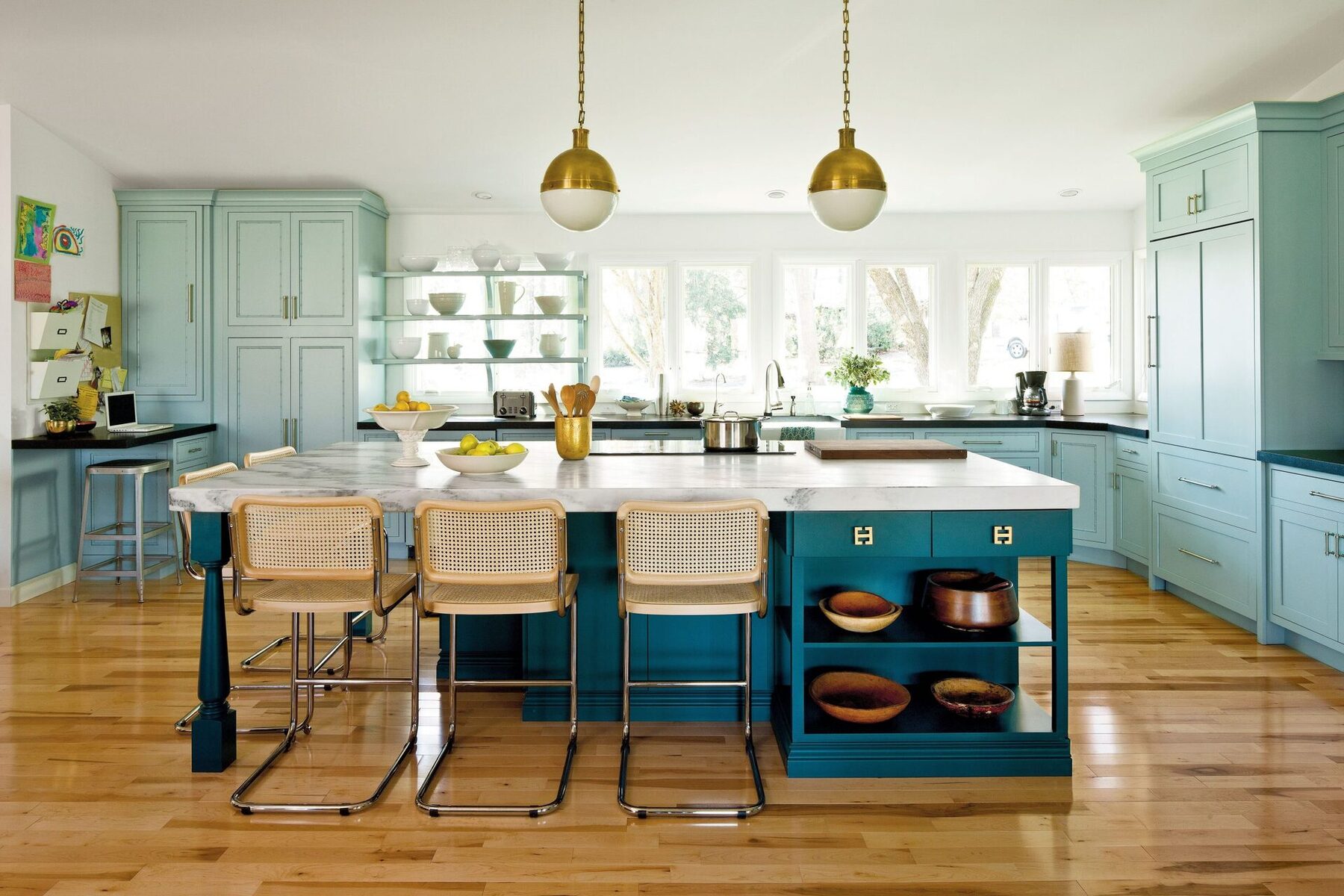
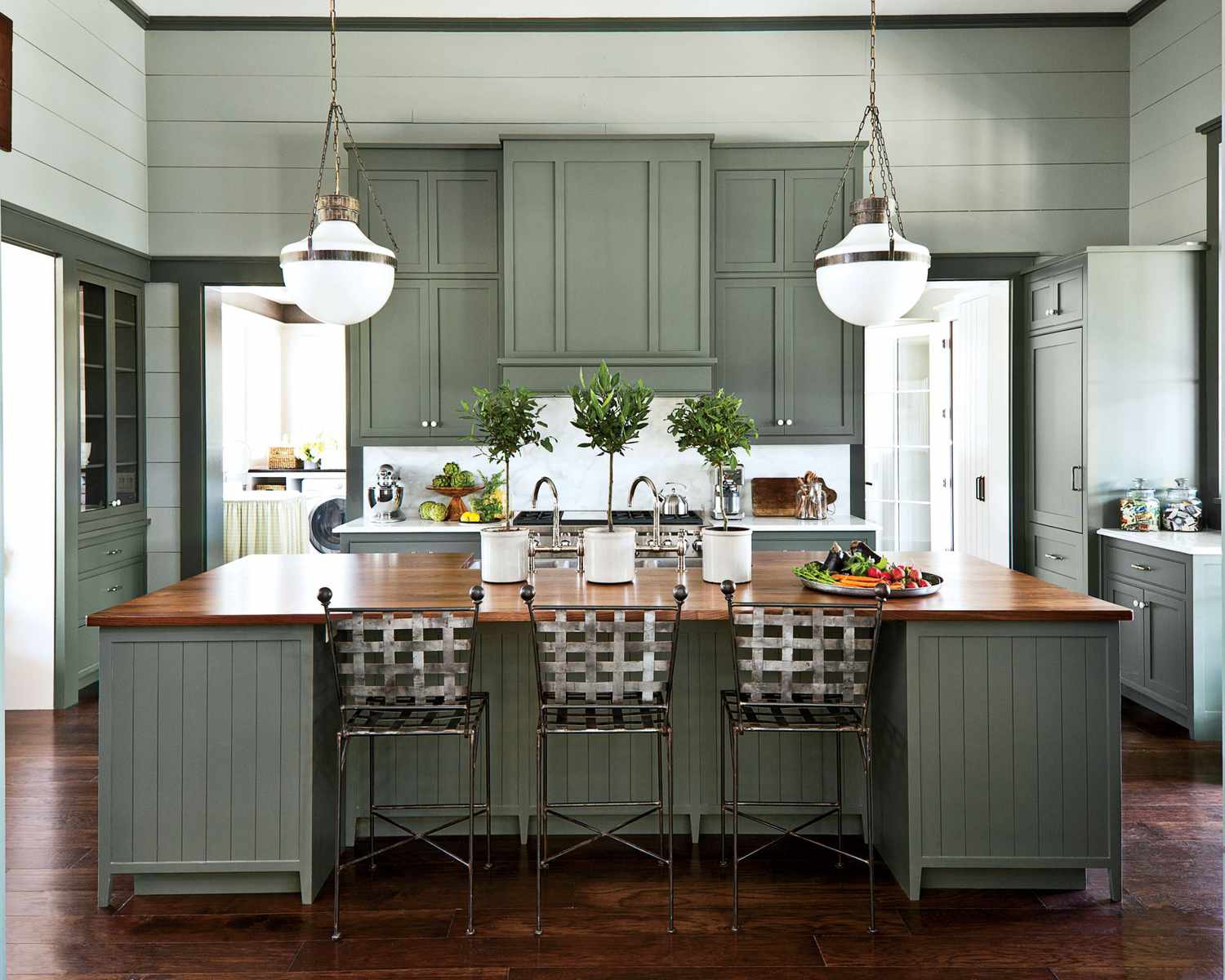
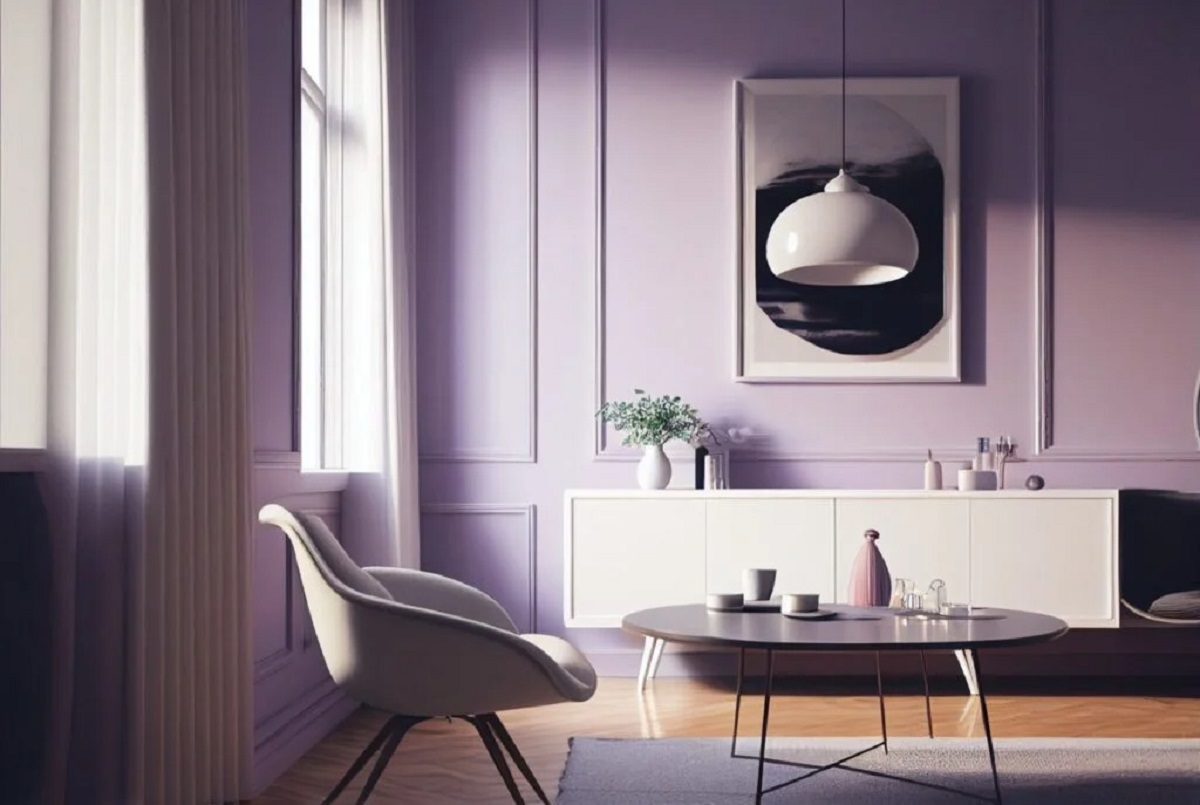
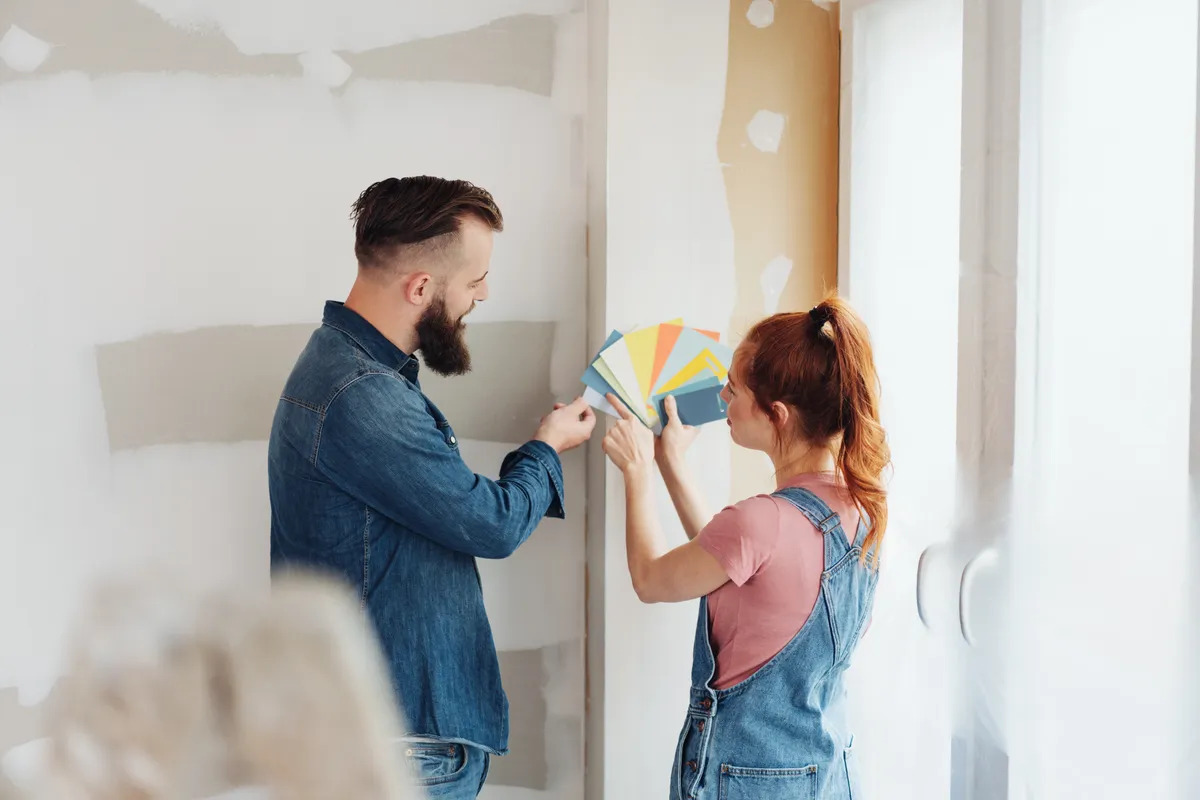
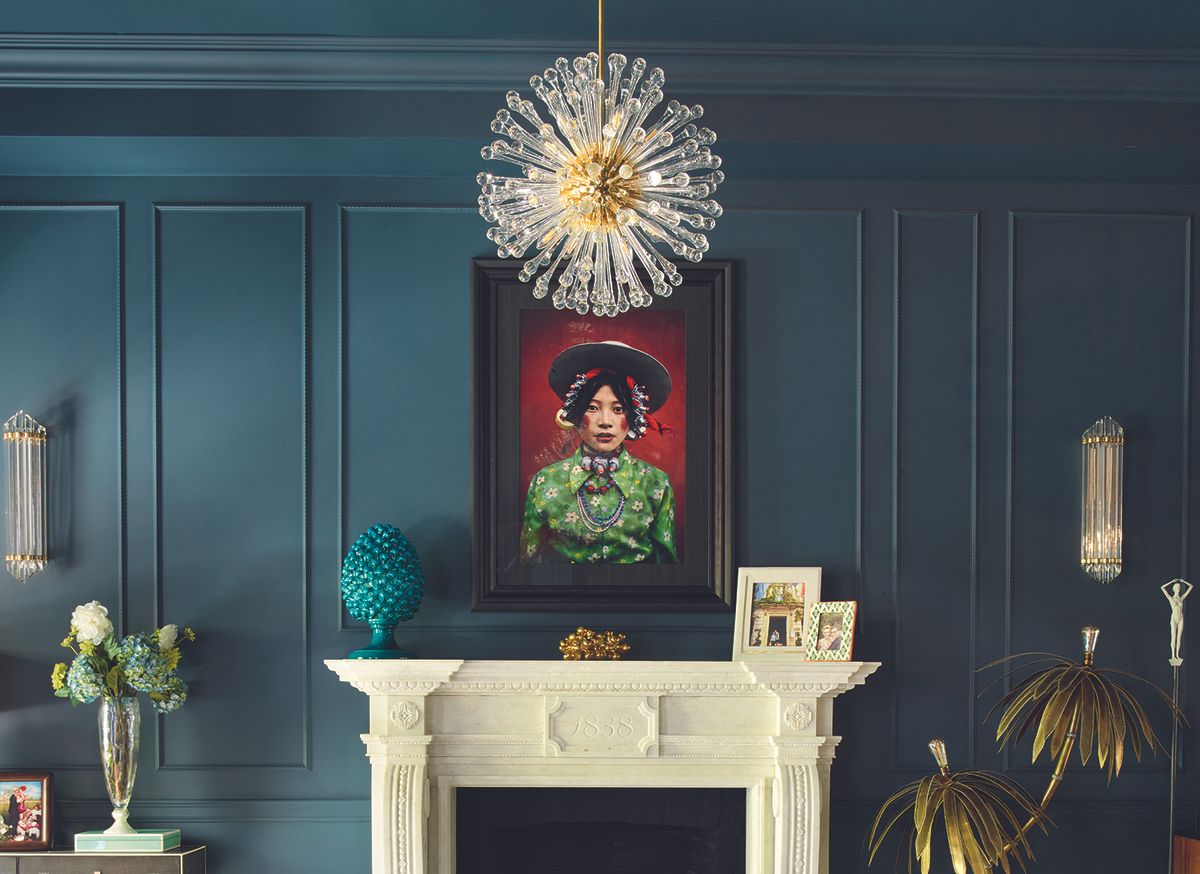
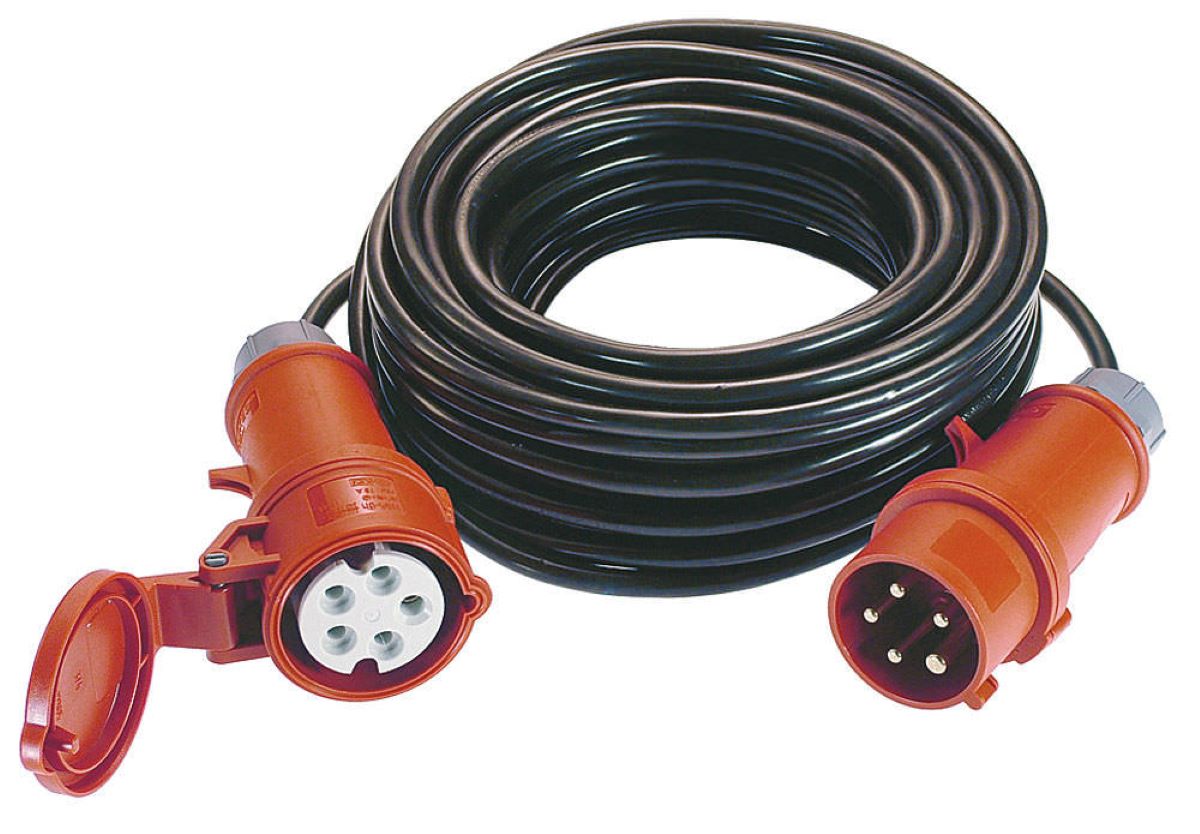
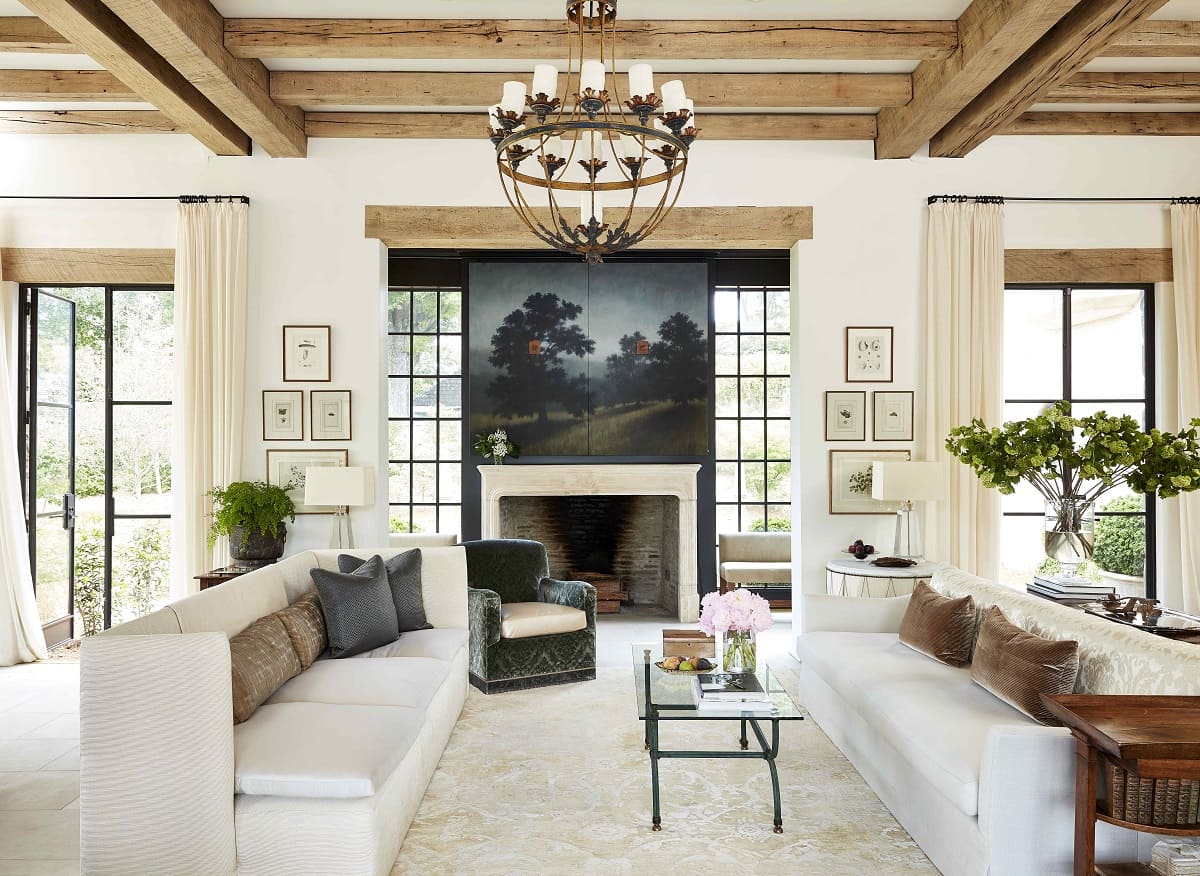
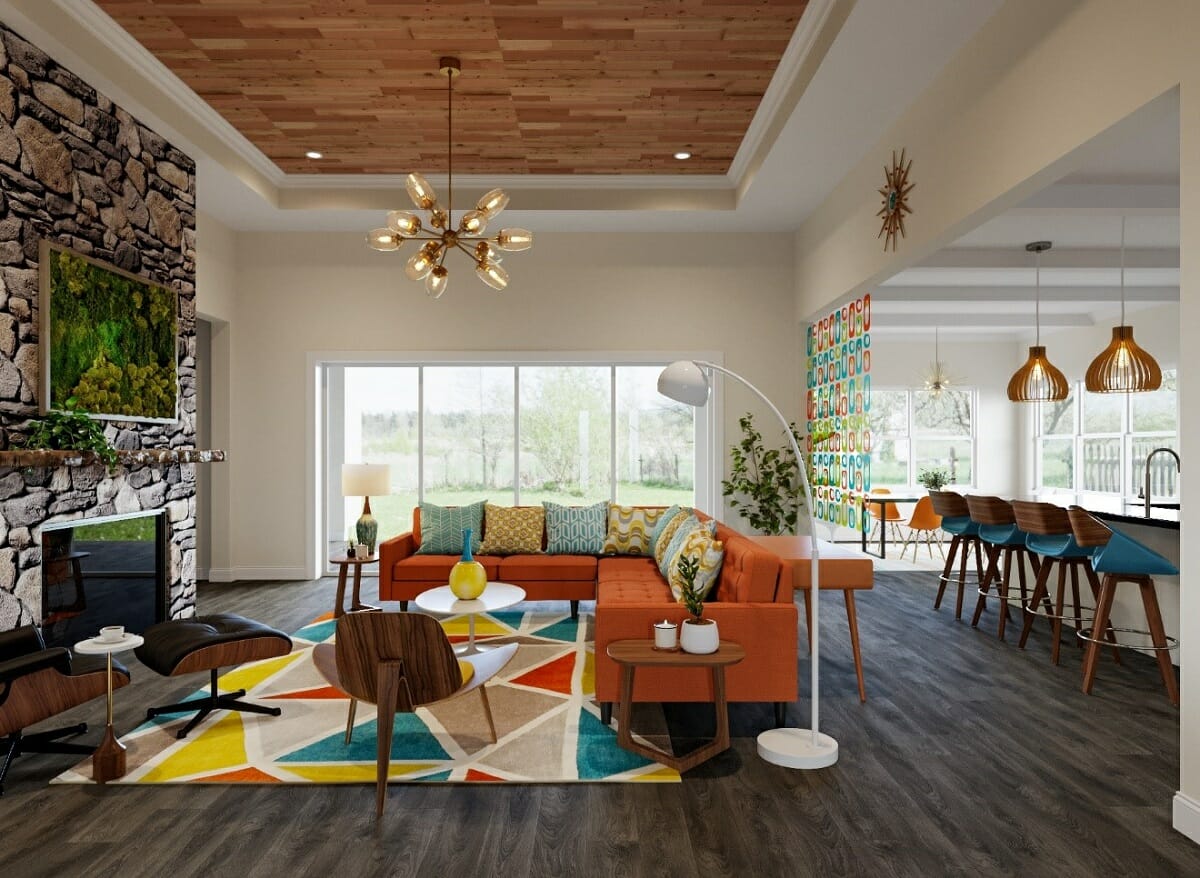

0 thoughts on “What Color Is Replacing Gen Z Yellow? Trend Forecasters Explain”